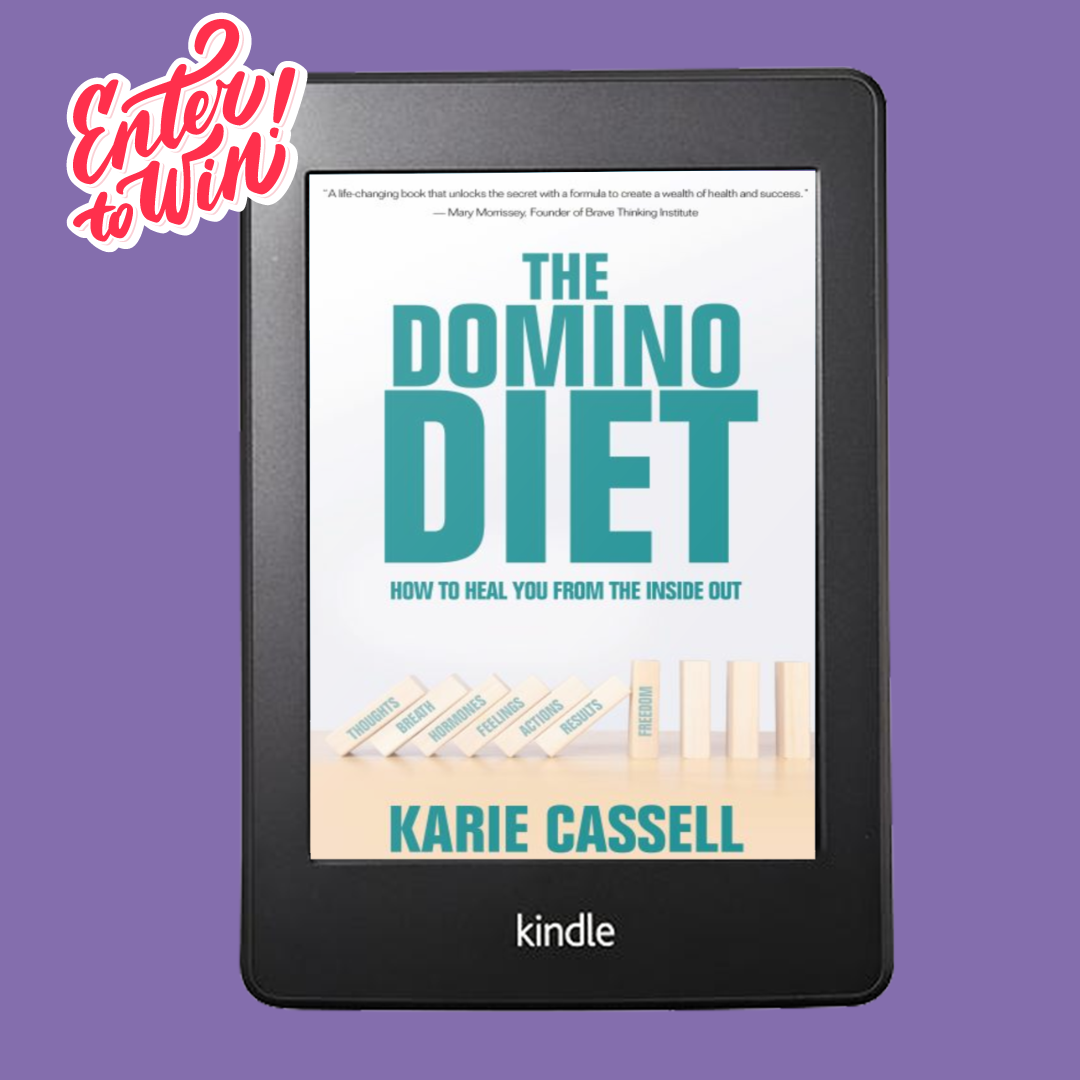From Apples to Zucchini Storing
Jun 03, 2024
The ABCs of Storing Produce
Properly storing fruits and vegetables can make all the difference in keeping them fresh, tasty, and nutritious. From apples to zucchini, each produce item has unique storage needs. Understanding these can help you minimize waste, save money, and enjoy fresh produce for longer periods. Let's explore the best ways to store your fruits and veggies.
Fruits and Vegetables Storage Guide
|
Produce |
Best Storage Method |
Notes |
|
Apples |
Refrigerate |
Keep away from other produce to prevent premature ripening. |
|
Avocados |
Ripen on counter, then refrigerate |
Keep cut avocado and keep the pit and wrap tightly in plastic wrap. |
|
Bananas |
Counter |
Separate from other fruits; freeze overripe bananas for smoothies. |
|
Berries |
Refrigerate, unwashed |
Wash just before eating to prevent mold growth. |
|
Carrots |
Refrigerate in water |
Keep in a container of water; change water every few days. |
|
Citrus Fruits |
Cool, dark place or refrigerate |
Last longer when kept cold. |
|
Grapes |
Refrigerate, unwashed |
Keep them dry and wash just before eating. |
|
Leafy Greens |
Refrigerate in a perforated bag or damp towel |
Keeps them from wilting. |
|
Peppers |
Refrigerate in a crisper drawer |
Keep them dry and unwashed until use. |
|
Tomatoes |
Counter |
Refrigerate only when overripe. |
|
Zucchini |
Refrigerate |
Place in a plastic bag with a few holes for air circulation. |
Storing Tips and Tricks
Fruit Bowl: A fruit bowl on the counter is a great way to encourage healthy eating, but keep in mind that it will hasten the ripening process for some fruits. Apples, bananas, and tomatoes emit ethylene gas, so keep these separate from other fruits to prevent premature ripening.
Use First: Some produce spoils faster than others. Use berries, leafy greens, and asparagus first. Items like apples, carrots, and potatoes have a longer storage life and can be used later.
Freezing for Future Use: Many fruits and vegetables can be frozen to prevent waste. Bananas, berries, peas, and green beans freeze well and can be used in smoothies, baking, or cooking.
Very Berry Muffin Recipe (Low Fat, Low Sugar, Gluten-Free, Dairy-Free)
Ingredients:
- 1 cup wheat flour or almond flour
- 1 cup gluten-free oat flour
- 1/2 cup sauce or coconut sugar
- 1 tsp baking soda
- 1/2 tsp salt
- 1 cup mixed berries (blueberries, raspberries, strawberries)
- 2 large eggs (or flax eggs for vegan)
- 1/2 cup milk or unsweetened almond milk
- 1/4 cup applesauce
- 1 tsp vanilla extract
- 1/4 cup chopped walnuts (optional)
- 1 tbsp chia seeds
- 1 tbsp flax seeds
- 1 tbsp hemp hearts
Instructions:
- Preheat the oven to 350°F (175°C) and line a muffin tin with paper liners.
- In a large bowl, mix almond flour, oat flour, coconut sugar, baking soda, and salt.
- In another bowl, whisk eggs (or flax eggs), almond milk, applesauce, and vanilla extract.
- Combine wet and dry ingredients, then gently fold in berries, walnuts, chia seeds, flax seeds, and hemp hearts.
- Fill muffin cups about 3/4 full and bake for 20-25 minutes, or until a toothpick comes out clean.
Nutritional Breakdown (per muffin):
- Calories: 150
- Protein: 4g
- Carbohydrates: 20g
- Fiber: 4g
- Fat: 6g
- Sugar: 8g

Properly storing your produce not only keeps it fresh but also ensures you get the most out of its nutritional value. By following these storage tips, you can enjoy fresh fruits and vegetables all year long.
For more Nourish to Flourish tips and ideas, call Karie.

Bestselling Author
Phone: 780-814-2983
[email protected]
www.kariecassell.com
Click here to discover THE DOMINO DIET
Customize Your Nutrition Tips & A Chance to Win my Book!
Check the boxes that apply to your request and you'll be entered into monthly Book Giveaway!
Don't worry, your information will not be shared.
We hate SPAM. We will never sell your information, for any reason.



